If you are planning a trip to Paris, the Palace of Versailles is an easy day trip to add on to your itinerary. However, there are a few things that you should know before you go. We’re here to share everything you need to know before your first time visiting the Palace of Versailles!
*This post contains affiliate links. If you book a guide through the link provided, we will earn a small commission at no extra cost to you. Thank you for your support!
Everything you need to know before visiting the Palace of Versailles
Table of Contents
- Where is the Palace of Versailles located?
- How do I get to the Palace of Versailles?
- History of the Palace of Versailles
- The best time to visit the Palace of Versailles
- Visitor information for visiting the Palace of Versailles
- What to expect when visiting the Palace of Versailles
Where is the Palace of Versailles located?
The Palace is located in the city of Versailles in the Ile-de-France region, about 12 miles southwest of the Paris city center.
Versailles was once a small village dating back to the 11th century, but today it is a wealthy suburb of Paris.
Before our visit, I had pictured the Palace to be situated in the Paris countryside, when in fact, it is perched right in the heart of the city.
How do I get to the Palace of Versailles?
The best way to reach the Palace of Versailles is by train. Take the yellow RER C line to the Versailles-Chateau-Rive-Gauche station. This line can be easily accessed from any of the major train stations in Paris,
The RER is a train system connecting passengers from Paris to the surrounding suburbs. The RER line utilizes double-decker trains that are more spacious and clean compared to the Paris metro line.
The cost to ride the train from Paris to Versailles is 7.10 euros roundtrip and takes anywhere from 60-90 minutes, depending on which station you are departing from.
Once you arrive at the station, it is a short 10-minute walk to the Palace. The route is clearly marked with signs pointing visitors in the right direction.
If you prefer to not take the train, other options include renting a car or taking a tour.
History of the Palace of Versailles
Louis XIII enjoyed hunting in the surrounding forests of Versailles and commissioned a hunting lodge to be built in 1624 which he gradually expanded over the years into a small chateau.
Louis XIV played and hunted at the lodge with his father when he was younger, and even spent time there to escape the smallpox outbreak.
Several years after taking the throne, he wanted to establish the country estate as the seat of the French government where the Court of Versailles would reside.
From 1661 to 1715 the chateau underwent two stages of major renovations to create one of the largest palaces in the world. It became the center of political power in France and a symbol of absolute monarchy.
Louis XIV succeeded his father at the age of four and reigned for 72 years and 110 days. This is the longest reign of any monarch of a sovereign country in Europe. He died at the Palace of Versailles in 1715.
Perhaps the most well-known residents of the Palace of Versailles were King Louis XVI and Queen Marie Antoinette.
Louis XVI was the last king of France. He reigned from 1774 until 1792 when the French Revolution stripped them of their power and resulted in their beheadings.
During the revolution, the palace was looted by revolutionaries, and many of the furnishings and artifacts were destroyed.
After the French Revolution, the Palace fell into the hands of the new government where much of the remaining furnishings and artwork were sold or donated to the Louvre.
Many of the pieces have been returned in an effort to restore the palace to its original state. In 1837, the Palace of Versailles was reopened as the Museum of the History of France.
Another notable historical event that took place in the Palace was the signing of the Treaty of Versailles. On June 28, 1919, the treaty was signed in the Hall of Mirrors and solidified the end of WWI.
The best time to visit the Palace of Versailles
During peak season, the palace can see as many as 27,000 visitors a day, resulting in long lines and crowded corridors.
If you want to avoid the crowds, the best time to visit is November through March. We visited at the end of February and there was no wait at the entrance and security.
However, visiting during the winter means that the elaborate estate gardens are dormant. Spring and summer are the best time to experience the gardens at the Palace of Versailles fully.
You will also want to arrive as early as possible on the day of your visit.
The gardens open at 8 am and the palace opens at 9 am. If you arrive at 8 am, you can enjoy the tranquil gardens and avoid the tour bus crowds that start arriving shortly after 9 am.
Visitor information for visiting the Palace of Versailles
- The Main Palace is open every day, except Mondays, from 9 am to 5:30 pm (6:30 during peak season). The Gardens are open every day from 8 am to 6 pm (8:30 pm during peak season). The Estate of Trianon is open every day, except Mondays, from 12 pm to 5:30 pm.
- The best value is the Passport with Timed Entry for 20 euros. This includes access to all 4 areas of the palace. It also includes an audioguide and timed entry to avoid the lines.
- There are a variety of ticket options available, check this link for a comparison of the tickets.
- Entry is free on the first Sunday of the month from November to March.
- Guided tours are an additional 10 euros. Knowledgeable guides dive deep into the history and allow visitors to access portions of the palace that are closed off to regular visitors.
- From April thru the beginning of November, guests can view the fountain show and musical gardens at an additional charge.
- Be sure to download the free Palace of Versailles app that includes audioguides at no additional charge.
- Beware of pickpocketers in and around the palace grounds.
- Large bags, metal strollers, umbrellas, and selfie sticks are prohibited.
What to expect when visiting the Palace of Versailles
The Palace of Versailles consists of four main areas:
- The Main Palace
- The Gardens and Park
- The Estate of Trianon and the Queen’s Hamlet
- The Royal Stables.
1. Touring the Main Palace of Versailles
The opulent palace has been listed as a UNESCO World Heritage Site. It contains 2,300 rooms spread over almost 680,000 square feet.
The basic ticket includes a self-guided audio tour of the most popular rooms comprising a small portion of the palace.
I will admit that the audioguide left me longing for more. It was very informative as far as the function and decor of each room, but it lacked in the fascinating history and stories that I was craving.
If you are looking to delve deeper into the history, a guided tour would be a better option.
These are the rooms that are included in the basic tour of the Palace of Versailles:
The Royal Chapel
After picking up an audio guide, guests will head upstairs where they can view the two-story Royal Chapel. The court gathered here every morning at 10 am for the King’s mass.
Visitors can then catch a glimpse of the Upper Stone Gallery adjacent to the upper floor of the chapel.
The Hercules Drawing Room
From here, guests will tour the King’s State Apartments. This is a collection of 7 elaborate rooms, beginning with the Hercules Drawing Room.
This regal room once served as the palace chapel until the current Royal Chapel was completed.
It later served as a ballroom and hosted a variety of diplomatic functions.
The room features a massive fireplace and an astounding ceiling painting, Apotheosis of Hercules, which gave the room its name.
The famed Feast in the House of Simon can also be found adorning the wall. This Veronese painting was a diplomatic gift from the Doge of Venice.
The Venus Room
The King often hosted evening gatherings and utilized the Venus Room for serving refreshments.
Tables were decorated with floral bouquets and topped with delectable rare fruits.
The Diana Room
The themed rooms centered around Greek and astrological mythology. The Diana Room was in honor of Diana, the Greek Goddess of the Hunt, with much of the artwork depicting hunting scenes.
This room served as the billiards room during the evening gatherings. In this room, you’ll also find a marble bust of Louis XIV created by Italian artist Gian Lorenzo Bernini in 1665.
It has been referred to as the “grandest piece of portraiture of the baroque age”.
The Mars Room
The Mars Room originally served as the guardroom and celebrates the king’s military triumphs.
This room was often used for music and dancing during the evening social gatherings.
The Mercury Room
The Mercury Room served as the State Bedchamber. Louis XIV’s grandson slept here for three weeks before traveling to Spain to take the throne as the king of Spain.
This is also the room where Louis XIV’s coffin was on display for 8 days after his death.
The Apollo Room
The Apollo Room was originally designed as a ceremonial room but was used as the throne room beginning in 1682.
The artwork in the room is dedicated to the “Sun King” the self-proclaimed title by Louis XIV.
His lavish 8 1/2 foot silver throne once stood in this room until it was melted down to help finance one of the wars.
A copy of the most famous portrait of Louis XIV hangs above the fireplace, the original can be found at the Louvre.
The War Room
The War Room and Peace Room flank the Hall of Mirrors and combine to make up the Grand Gallery.
The War Room pays tribute to the military victories and is decorated with trophies, gilded weapons, paintings, and a large stucco medallion of Louis XIV on horseback trampling his enemies.
From here, visitors enter into the Hall of Mirrors.
Hall of Mirrors
The Hall of Mirrors is the most popular room in the Palace of Versailles and once stood as an outdoor terrace overlooking the gardens.
The elaborate 240-foot-long hall is lined with 17 arches comprised of 357 small mirrors.
The exterior wall is lined with 17 correlating arched windows reflecting sunlight onto the mirrors. The ceiling is hung with 24 ornate chandeliers.
During special occasions, as many as 20,000 candles were lit in the hall creating a “corridor of light” with the flames dancing in the mirrors.
The artwork lining the hall pays tribute to the political, economic, and artistic success of France.
The hall served as a daily passageway between the King and Queen’s state apartments, and occasionally hosted ceremonies and special events.
As mentioned before, it is here that the 1919 Treaty of Versailles was signed to end WWI. Today concerts are held year-round in the hall.
For a unique experience, you can actually spend the night at the Palace of Versailles where you get exclusive access to an after-hours tour without the crowds.
The Peace Room
After crossing the Hall of Mirrors, visitors will reach the Peace Room. This room pays homage to the peace that France brought to Europe after the wars represented in the War Room.
During the reign of Louis XV, this room was used for religious concerts every Sunday.
The King’s Bedchamber
The king commissioned a collection of rooms for his own private apartments.
These can be visited during a guided tour, however, his bedchamber can be viewed just off the Hall of Mirrors.
This regal room was once the State Drawing Room. In 1701 it became the king’s bedchamber in order to occupy the center of the palace.
The king even commissioned custom bed drapes to be made using real gold thread. It is on this bed that Louis XIV died of gangrene in his leg.
The Queen’s Apartments
The symmetrical first floor of the palace originally had identical layouts for both the Queen’s and King’s Apartments. The Queen resided on the south and the King resided on the north.
After the Queen’s death shortly after moving in, Louis XIV made changes and downsized the Queen’s Apartments in order to accommodate his own personal apartments.
It is also interesting to note that the paintings on the ceiling depict female characters throughout the Queen’s Apartments, whereas the King’s feature males.
The Queen’s Bedchamber
The Queen’s Bedchamber was occupied by three different queens over the years.
The luxurious decor was definitely fit for a queen, from the sculptured gilded ceiling to the peacock feathers adorning the canopied bed.
It is here where the queen spent much of her time holding private audiences. Her getting-up ceremony was a courtly affair mandated by strict etiquette.
Throughout the years, nineteen children of French royalty were born in this room, an event that was a public affair of the court.
The first two queens also passed away in this room. The last queen to occupy this room was the ostentatious Marie-Antoinette.
The Noble’s Room
The Noble’s Room served as the second antechamber where formal audiences were held.
Marie Antoinette took it upon herself to remodel this room in a more modern style.
The Royal Antechamber
The King and Queen were required to eat certain meals in public and the Royal Antechamber is where this took place.
While the royal family were the only ones dining, the ceremony drew a large crowd of spectators from members of the court.
Those who were privileged enough to be granted access to the affair sat on stools or stood gathered around to watch.
The antechamber is also where the queen’s guests waited before entering the bedchamber.
The Queen’s Guard Room
Twelve guards were posted day and night in the Queen’s Guard Room.
The queen never entered this room and never felt the need to redecorate. As a result, this is the only room in the palace that reflects the original 17th-century decor.
In the early morning of October 6, 1789, hundreds of starving French citizens stormed the palace in an effort to abolish the absolute monarchy during the French Revolution.
The rioters tried to reach the Queen’s Apartments through this guard room. A guard warned one of the queen’s ladies-in-waiting, she was then able to bolt the door to the antechamber and help the queen escape through the King’s Apartments.
This concludes the self-guided portion of the palace tour. Cafes, shops, and restrooms are also situated throughout the palace. Click here for a map of the Palace of Versailles.
2. Visiting the Versailles Gardens
The Garden of Versailles is spread across 1,976 acres and is one of the largest gardens in the world. Entrance to the gardens is free, however, the musical fountain show is an additional charge.
Exploring the gardens can take an entire day. Bike rentals are a fun way to explore the gardens and help guests make the most of their time. Rentals are available from mid-February to mid-November.
This Food & Palace Bike Tour also comes highly recommended where you can explore the gardens, learn about the scandalous history, and have a picnic on the banks of the canal.
The audio guide included with the palace tour does not include the gardens. However, the free Palace of Versailles app has an audio guide available for the gardens.
Shortly after we set out to explore the gardens, a huge thunderstorm hit and we had to run for shelter.
But before it started raining, we strolled through the gardens appreciating the perfectly symmetrical lines and architectural layout.
We admired the sculptures, fountains, and the grandeur of the Grand Canal.
Guests can even rent a rowboat to glide along the canal from late February to mid-November.
We stopped in at the garden cafe for a panini when the rains hit and we had to make a run for it back to the train station.
I wish we had more time to explore the gardens, but we hope to return again someday!
Click the link for a detailed map of the Versailles Gardens highlighting the must-see locations.
3. Visiting the Palaces of Trianon
The Palaces of Trianon are located in the northern quarter of the gardens. The estate includes the Grand Trianon, the Petite Trianon, and the Queen’s Hamlet.
Admission is included with the purchase of a passport ticket, or tickets can be purchased separately.
Visitors can walk the 1.4 miles to reach the Palaces of Trianon, or take the Little Train for 8 euros roundtrip. The train departs from the Palace of Versaille’s north terrace as well as the top of the Grand Canal.
The Grand Trianon
The Grand Trianon served as a private retreat for the king. It was a place for him to escape the pressure and crowds of courtesans and spend time with his mistress.
The expansive single-story palace is surrounded by its own private gardens and courtyard. Visitors can tour the King and Queen’s Apartments, State Apartments, and several other rooms, as well as the gardens.
The Petite Trianon
The Petite Trianon lies on the other end of the gardens opposite the Grand Trianon.
Louis XV wanted to expand the Grand Trianon in order to accommodate more guests, so he commissioned the Petite Trianon to be built.
It was here that he first began to experience symptoms of the pox which took his life a few days later.
Louis XVI had been heir to the French throne since the age of 11 when his father passed away, as well as his older brother.
When his grandfather, Louis XV passed away, he inherited the throne at age 20.
At this point, he had already been married to Marie-Antoinette for 5 years, she was 14 at the time of their marriage (and supposedly they did not consummate their marriage for seven years).
Upon taking the throne after the death of his grandfather, the Petit Trianon was given to his young wife as a gift.
Years later it was rumored that the Petit Trianon is where she would meet up with her lover, a Swedish diplomat.
Later, during the French Revolution, the Petit Trianon was turned into a hostel.
The Queen’s Hamlet
Marie Antoinette was loathed by the people and seen as the symbol of the monarchy’s excess.
While the citizens of France were dying of starvation, she was remodeling the palace with the finest furnishings and focusing her attention on outlandish hairstyles.
Supposedly, when she was told the citizens had no bread to eat, she flippantly responded, “let them eat cake”. A luxury that no peasant could afford. However, scholars argue whether she really uttered those famous words.
The Queen’s Hamlet is another example of the excess she is known for. When she sought a place of refuge to escape palace life, she commissioned a small village to be built around an artificial lake within the Trianon Gardens.
The ten buildings composing the Queen’s Hamlet have a rustic exterior with extravagant interior details.
The hamlet is divided into three main areas. The first is the reception area which includes the windmill, the boudoir, the Queen’s House, the billiard room, and the stove room. These facilities were used when the Queen entertained guests and hosted small parties.
The second area is used for agricultural purposes and includes a barn, working dairy, model dairy, fisherman’s cottage, and guardhouse.
The third area is the farm and includes stables, a pig sty, a sheep pen, and a hen house. The Queen insisted that this was a functioning farm that was used for the palace kitchen and to educate the royal children.
4. Visiting The Royal Stables
The Royal Stables are the final stop while visiting the Palace of Versailles. The stables are located across the street just opposite the palace.
They are situated at the edge of Place d’Armes near the beginning of the three main avenues that fan out from the palace.
The Royal Stables consists of the Great and Small stables, both equal in size but different in function. The scale and majesty of the stables are astounding.
During the reign of Louis XIV, as many as 2,000 horses were residing in the stables, with 1,500 men working there. The horses were trained for hunting and war.
Today guests can visit the Gallery of Coaches free of charge. The gallery is located on the ground floor of the Great Stables.
The gallery houses an extravagant collection of grand ceremonial coaches. Each carriage played a role in a historic event from marriages, to baptisms, coronations, and funerals.
Visitors can also view a short video chronicling the history of horse-drawn carriages.
I was amazed to see that there was so much more to explore at the Palace of Versailles beyond the palace itself.
I hope this guide has helped better prepare you to know what to expect when visiting the Palace of Versailles!
Other posts you might like:
- How to See Paris in 4 Days
- Paris Bucket List
- 12 Spots Not to Miss in Montmartre
- 15 Magical Places to Go During Christmas in Paris
Pin it for later:
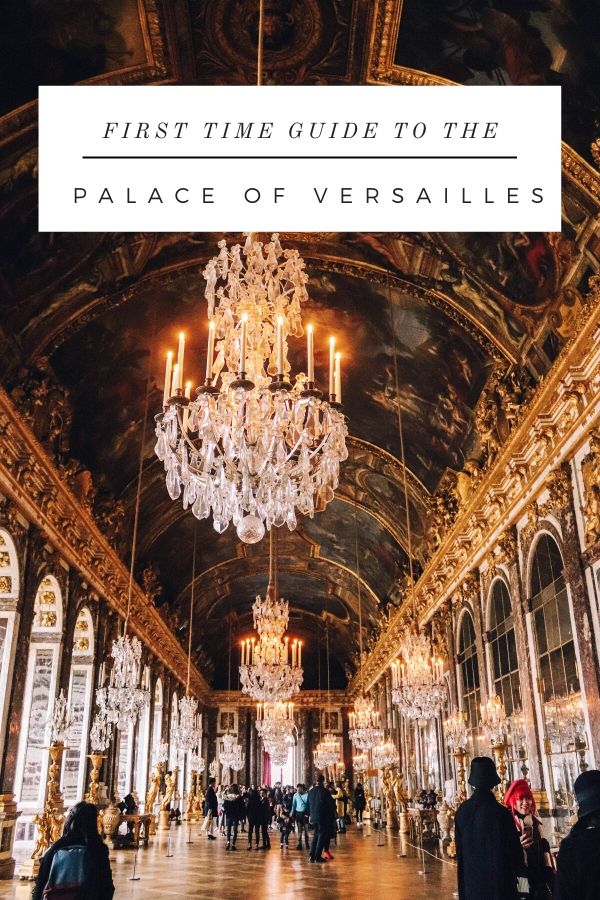
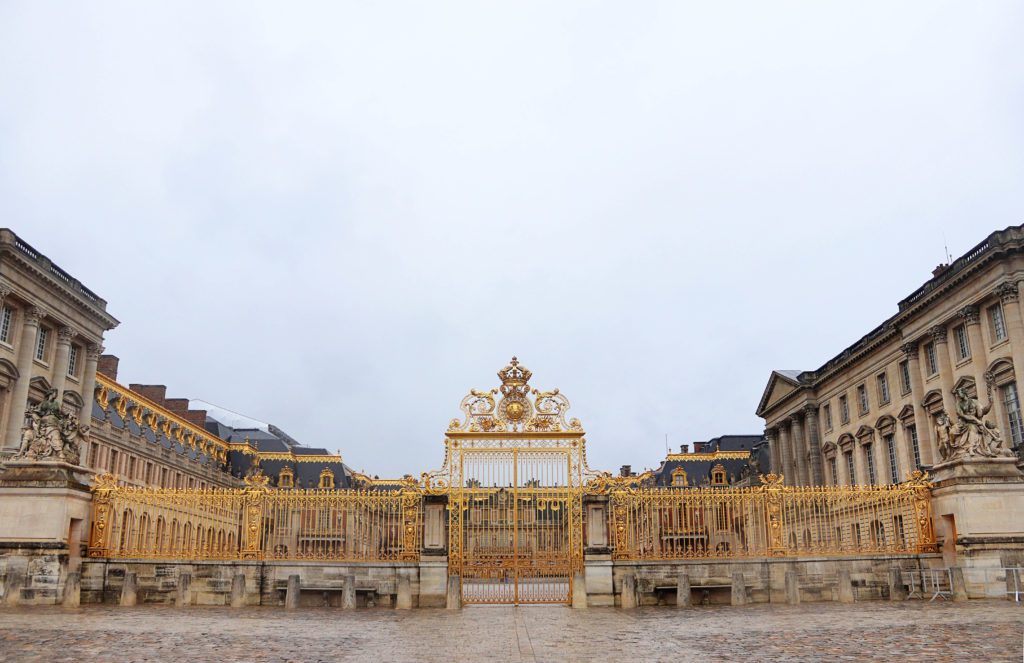

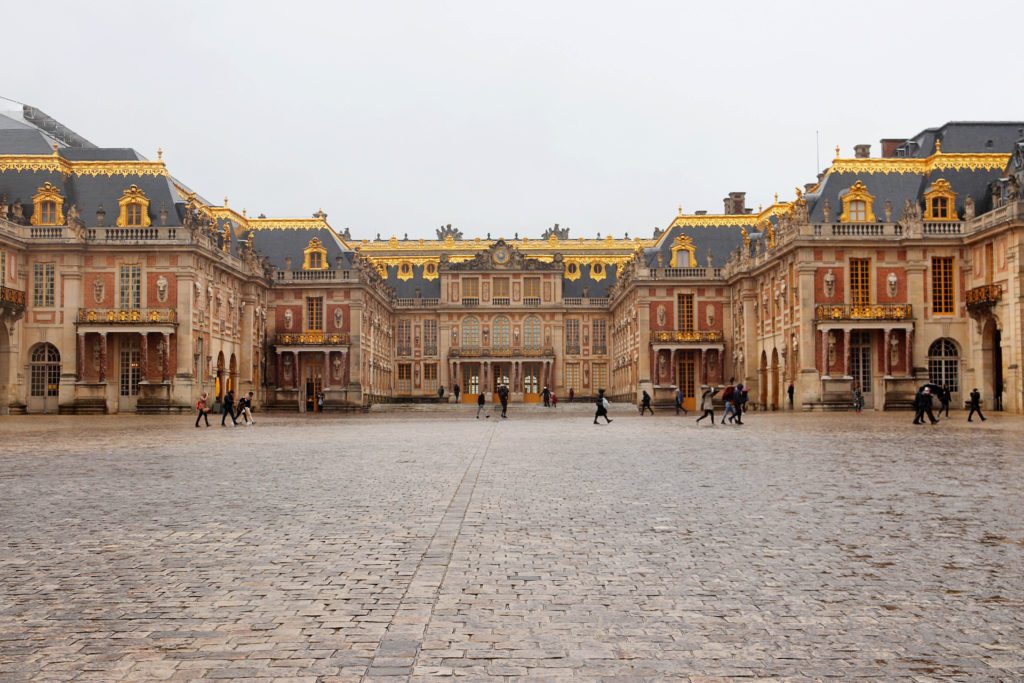
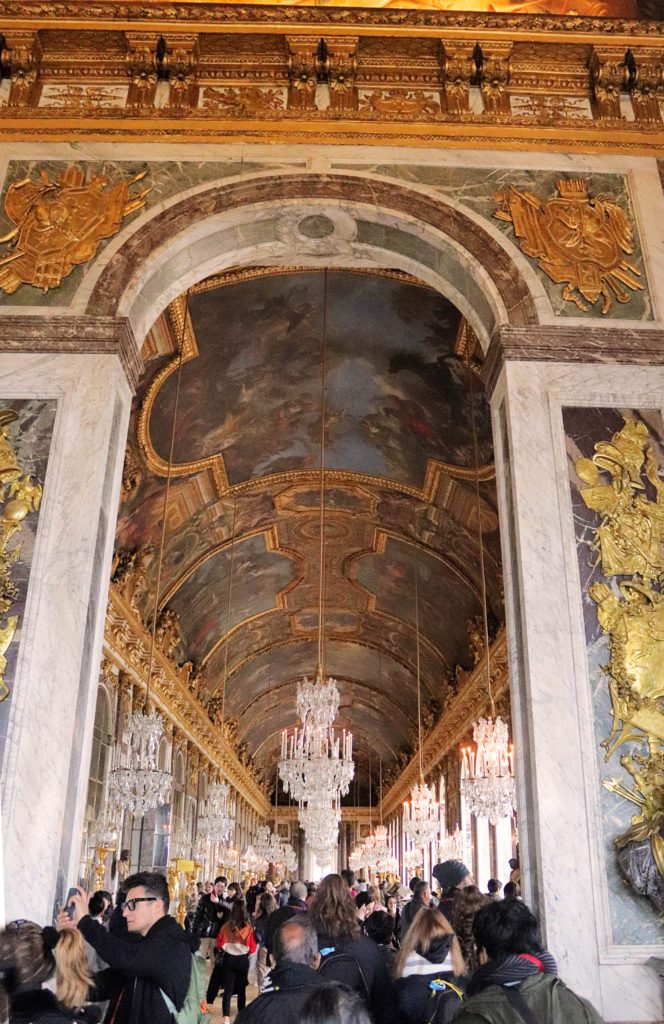
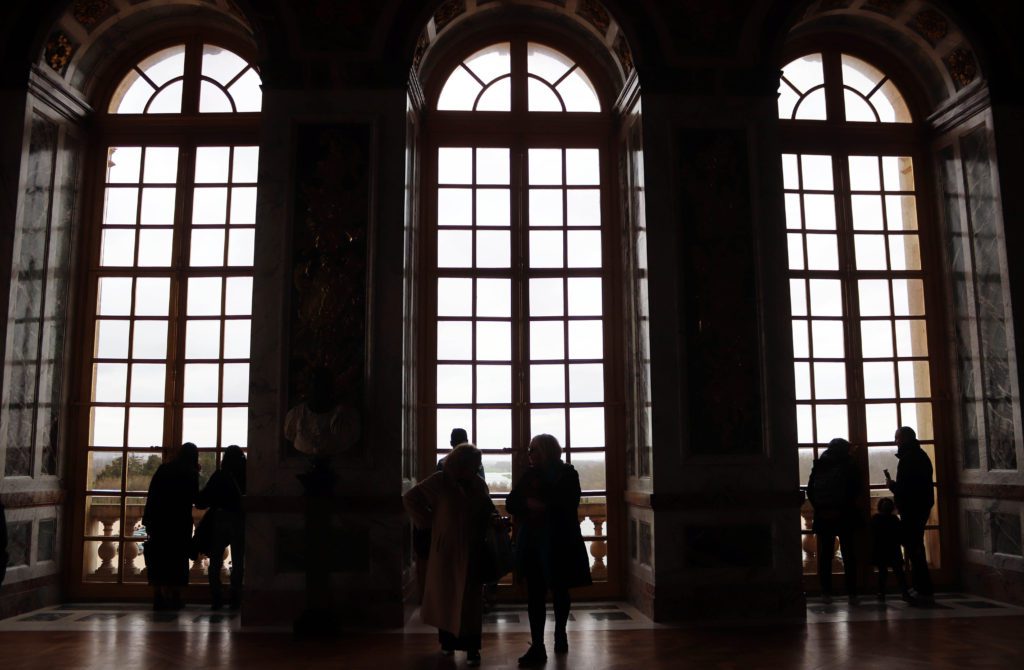
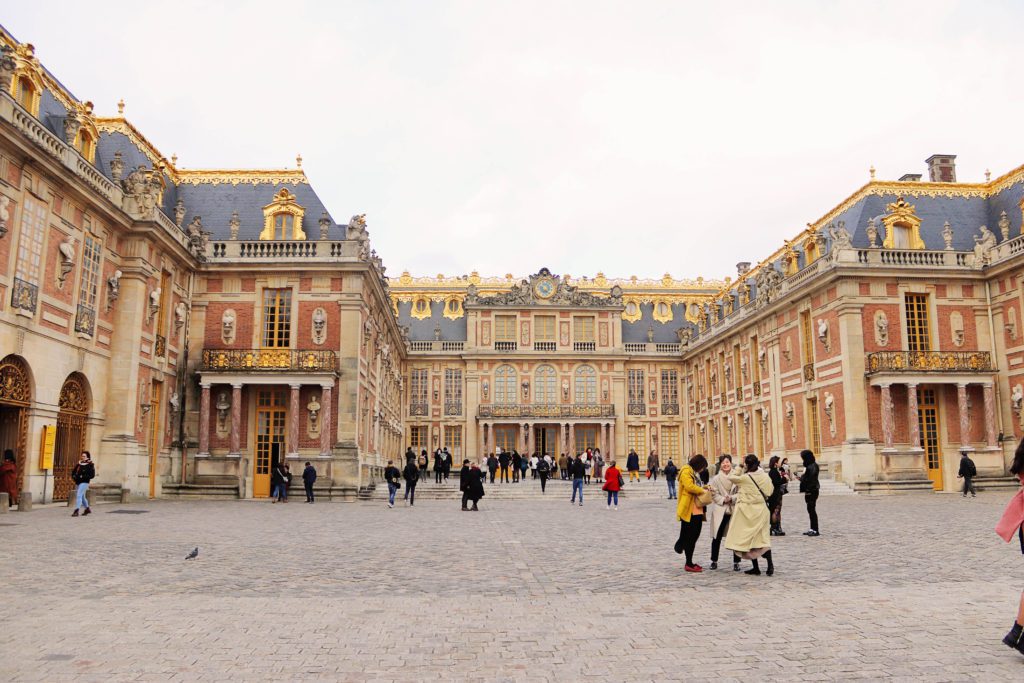
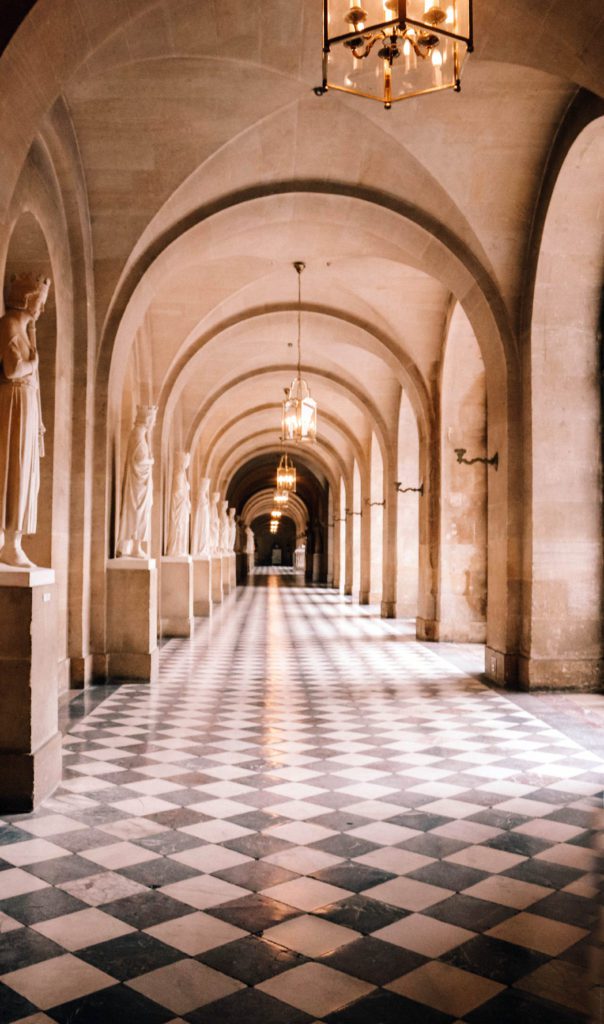
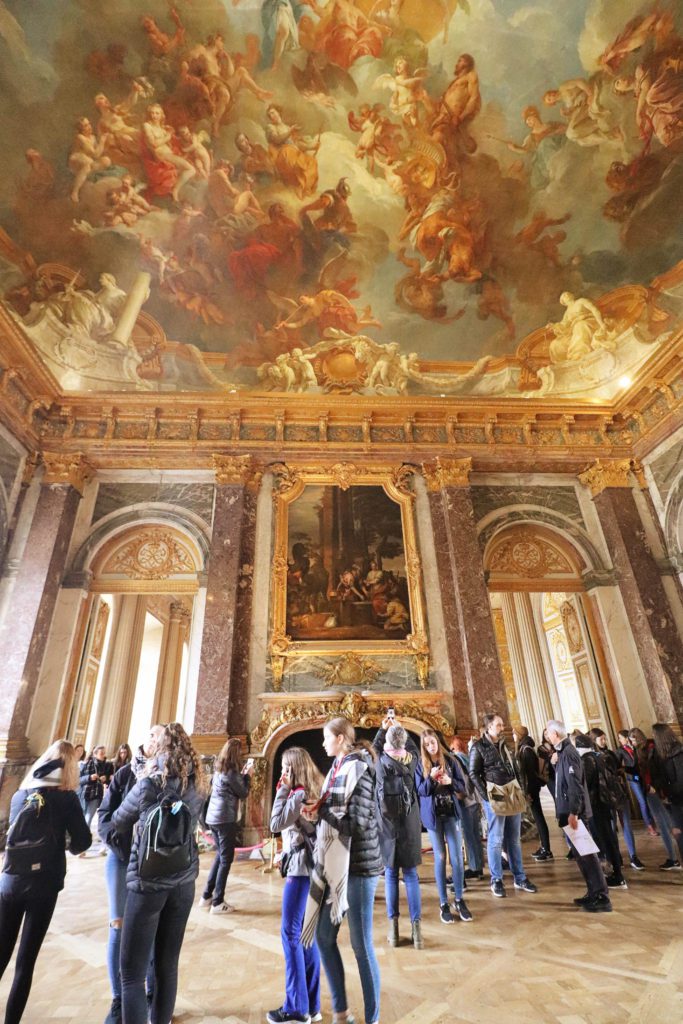
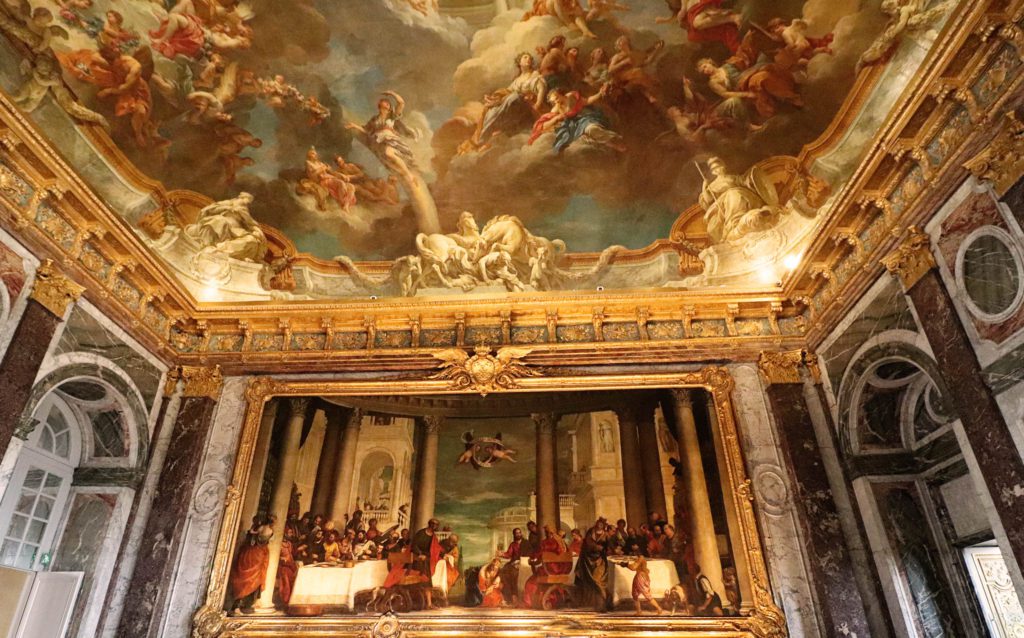
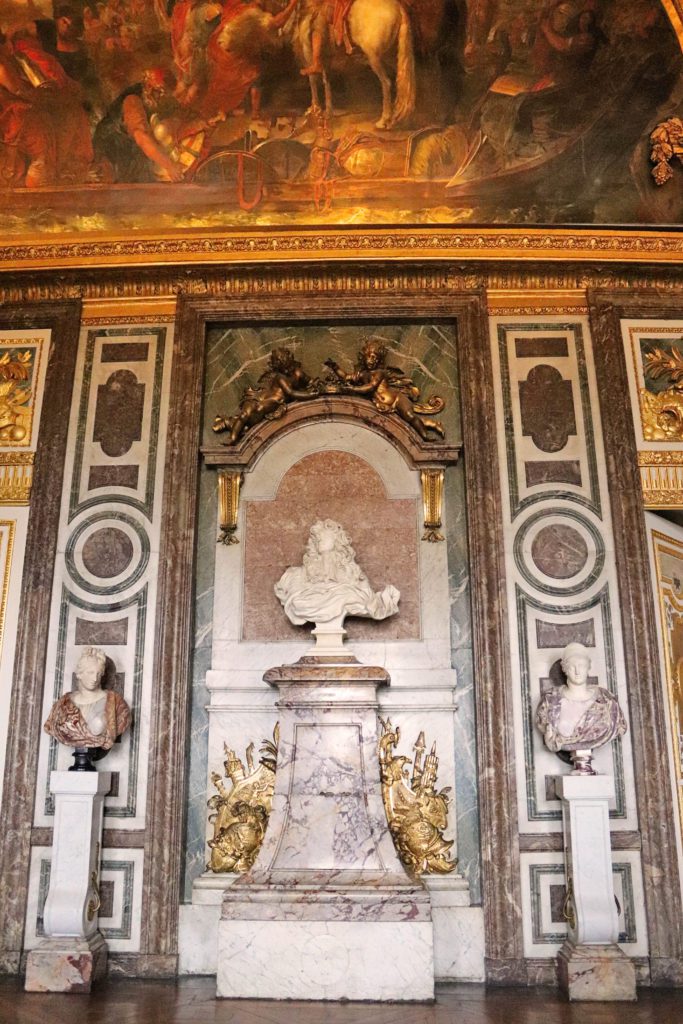
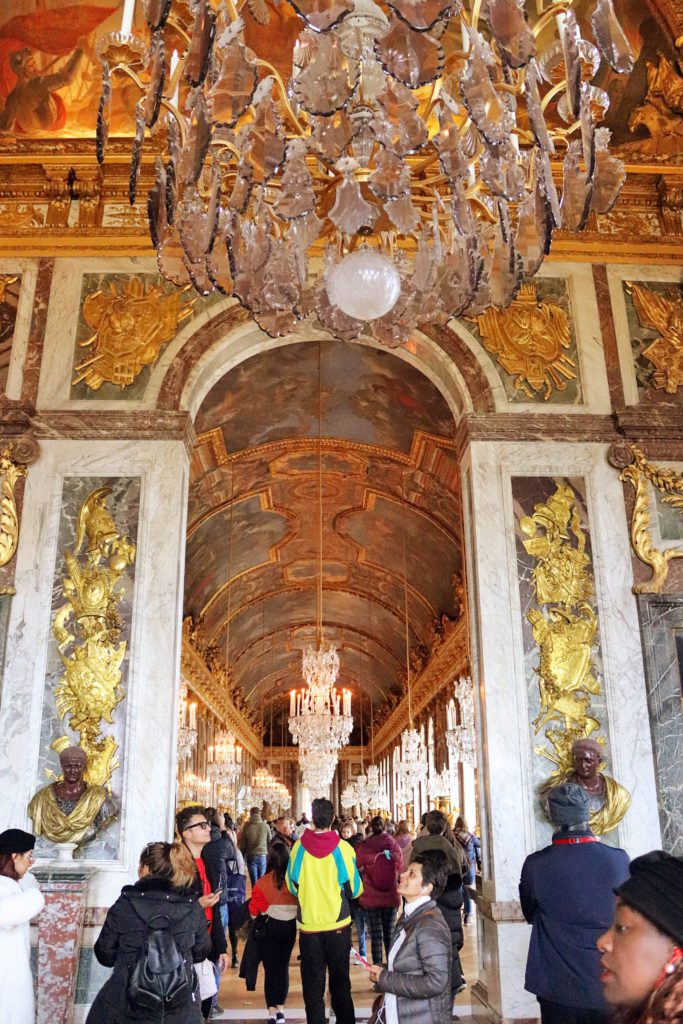
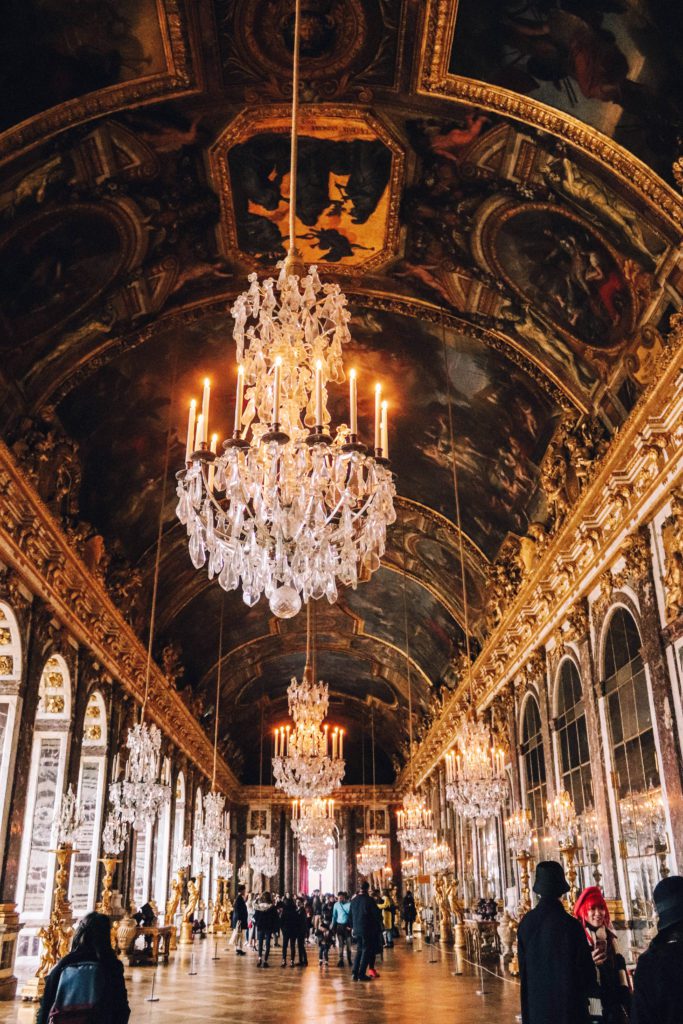
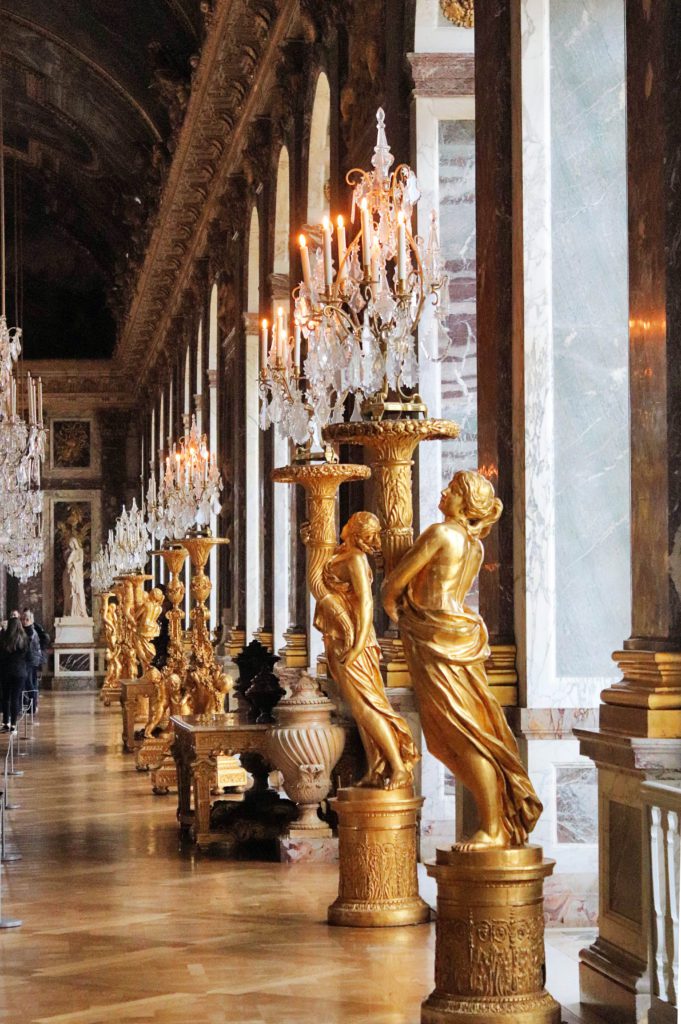
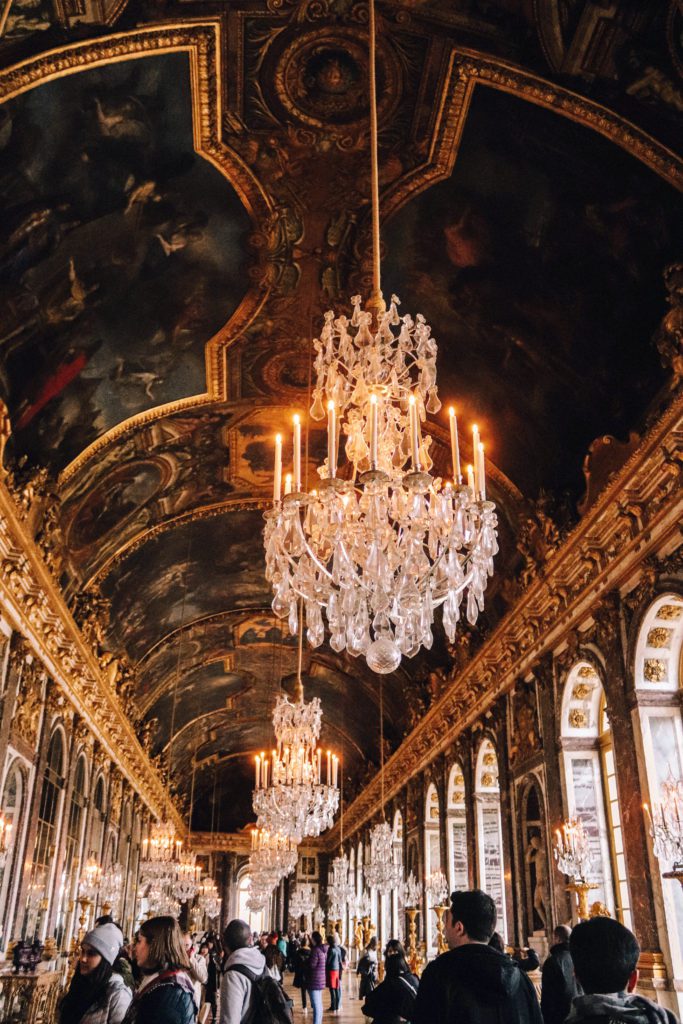
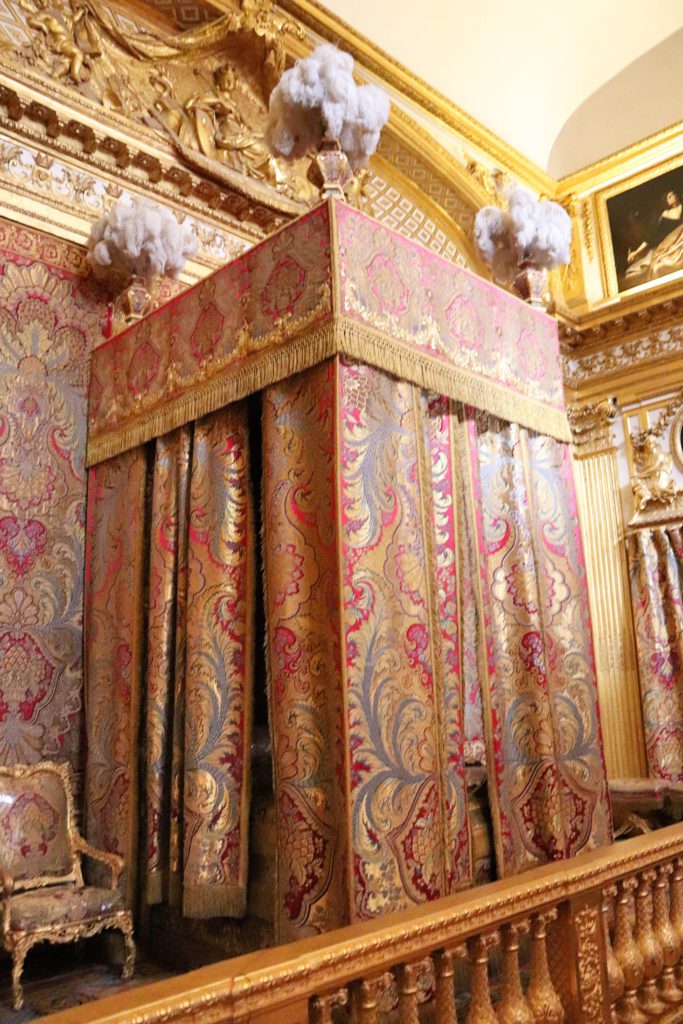
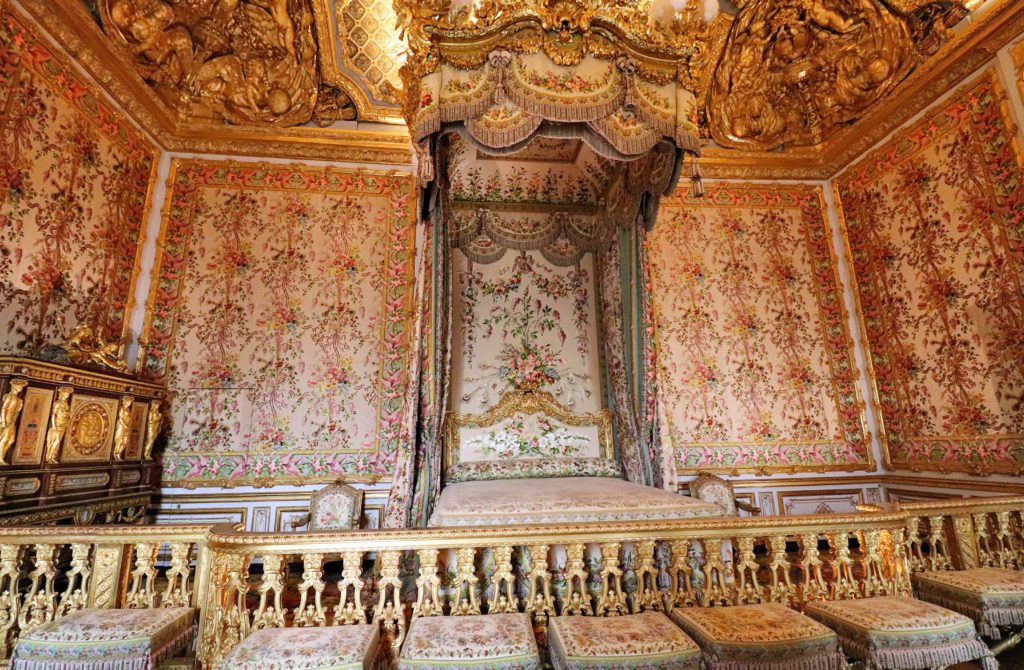
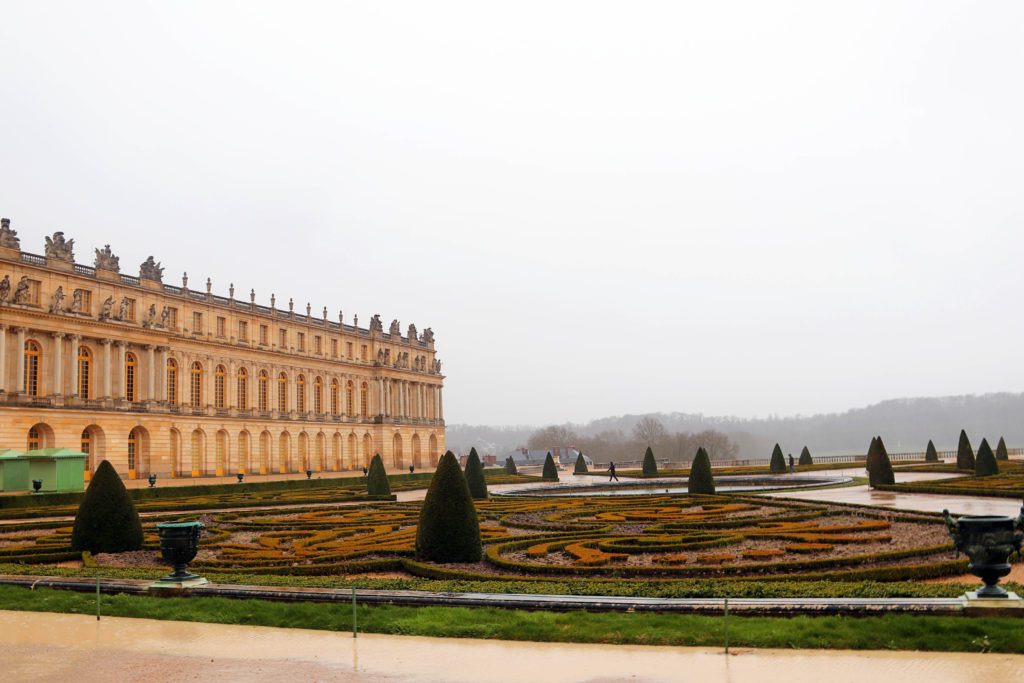
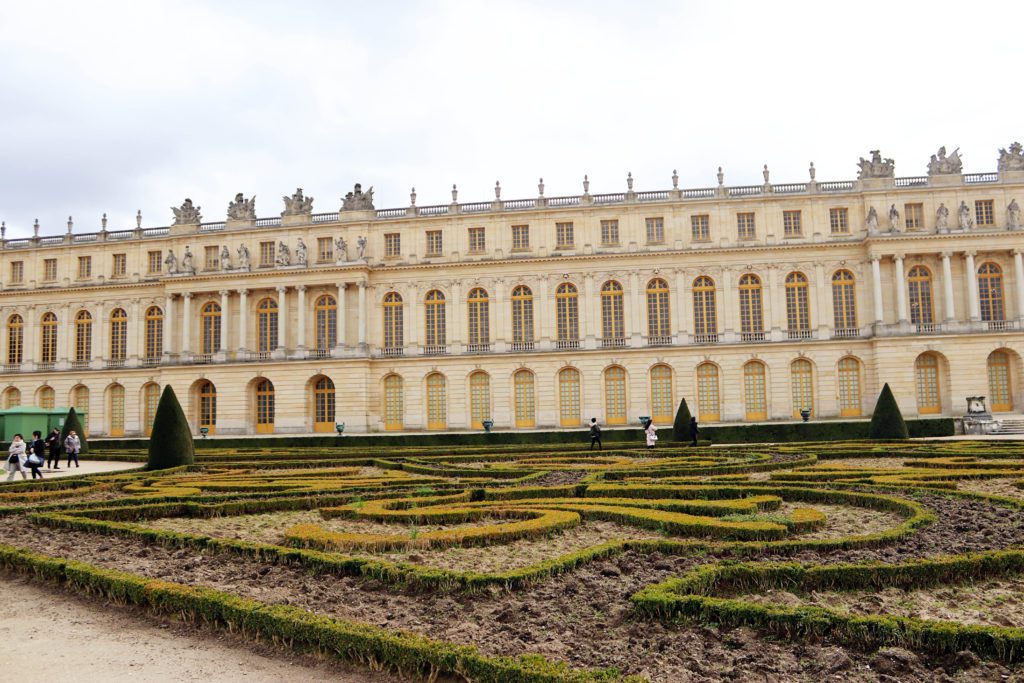

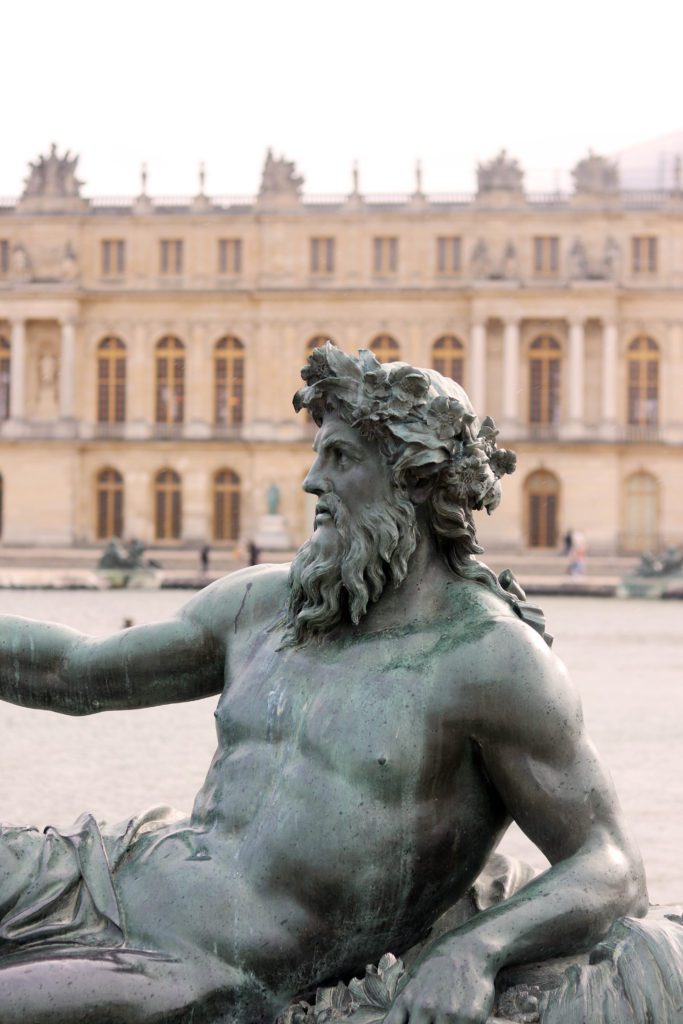
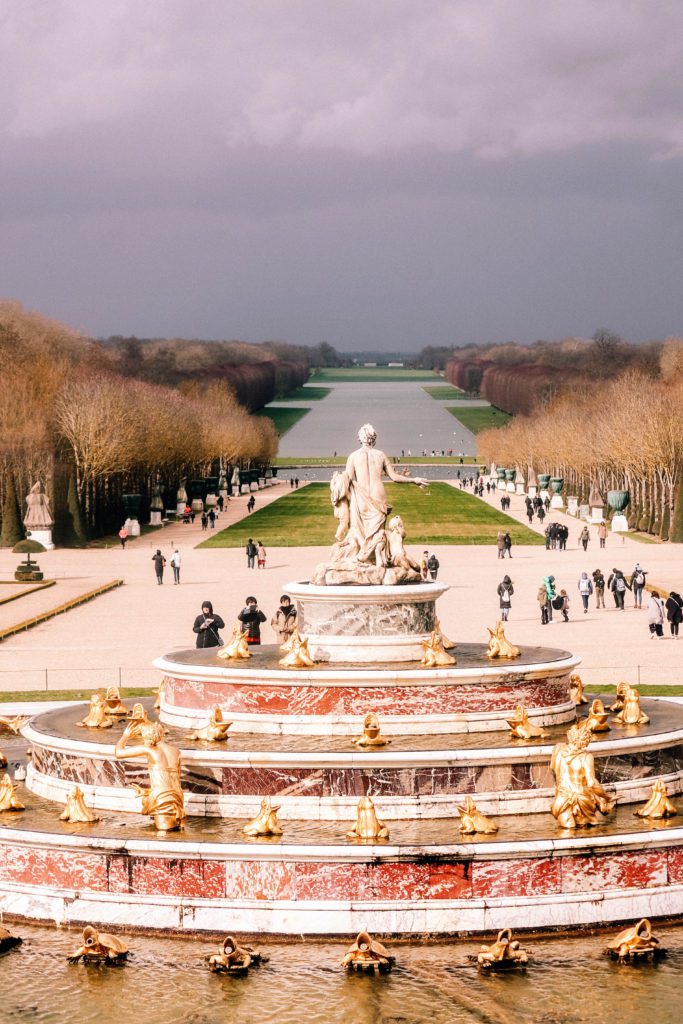
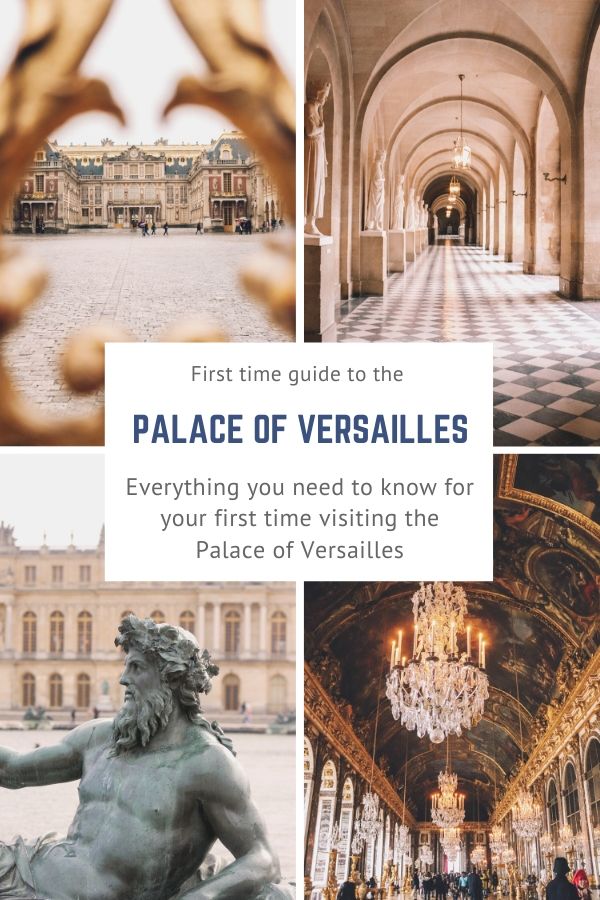

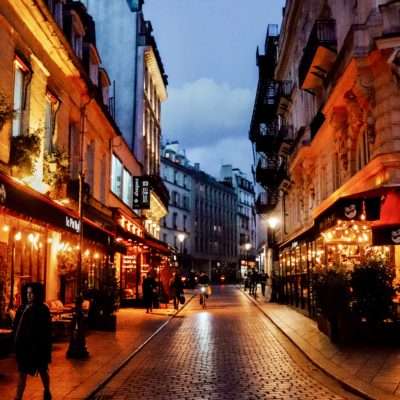
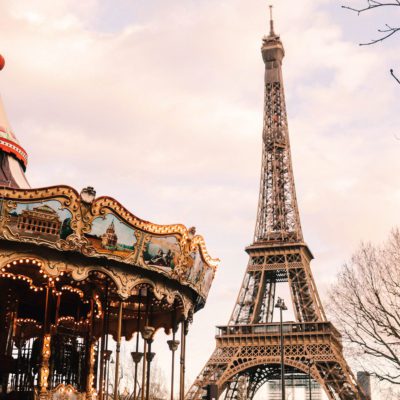
How long does the self guided audio guide tour last? Does it include the gallery of great battles?
The self-guided audio tour inside the palace lasts for about an hour, but you can go at your own pace. Your ticket also gives you access to the gardens and a few other exhibits, but not the Gallery of Great Battles.